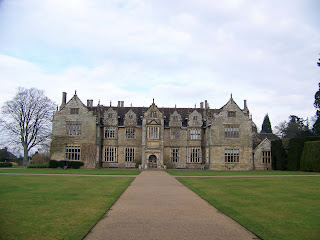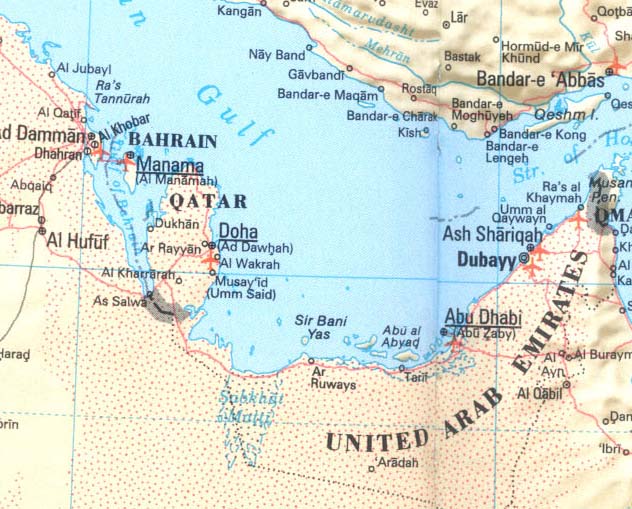

Wakehurst Place, the country botanical garden of Key Gardens was a delight on the chilly but partially sunny December day we visited. I can only imagine how it looks in bloom. People have lived on these grounds since as early as the Iron Age; the name is Norman, derived from its first record owner who arrived with William the Conqueror.
As with so much in England, there are records to tell us much of which transpired from the first purchase of the original acreage through today. The mansion that stands today was built in 1590 by Sir Edward Culpepper, coincidentally a distant relative of Nicholas, the famous herbalist. The family was forced to sell the estate in 1694 to satisfy debts, and over time it passed through numerous hands.

The last two owners are of especial interest to its current place as part of Key Gardens. Gerald Loder, later Lord of Wakehurst, purchased it in 1902 and started to develop the gardens. The guidebook describes him as “a passionate plantsman [who] helped sponsor many collecting expeditions at the turn of the century, particularly east Asia.” Sir Henry Price bought the property on Loder’s death; he bequeathed the property, with a sizable endowment, to the National Trust from whom Kew Gardens leases it.
The property today is 465 acres of which 180 acres is the gardens and woodland, 149 acres the Loder Valley Nature Reserve and 136 acres is outlying parkland and woodland. The Mansion, the Gardens and the Millennium Seed Bank are the main attractions. A few pictures of the first two are part of this blog. Some comments on the Millennium Seed Bank form a separate blog.

As usual I urge you the review the official web site for more information and professional photographs.




